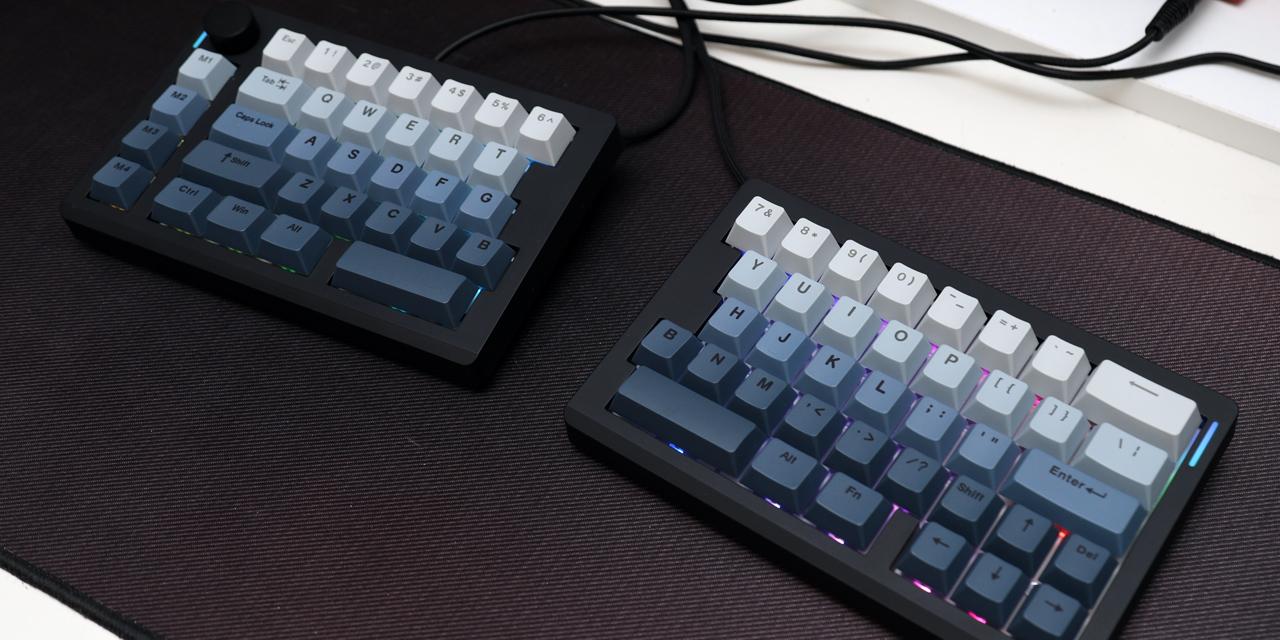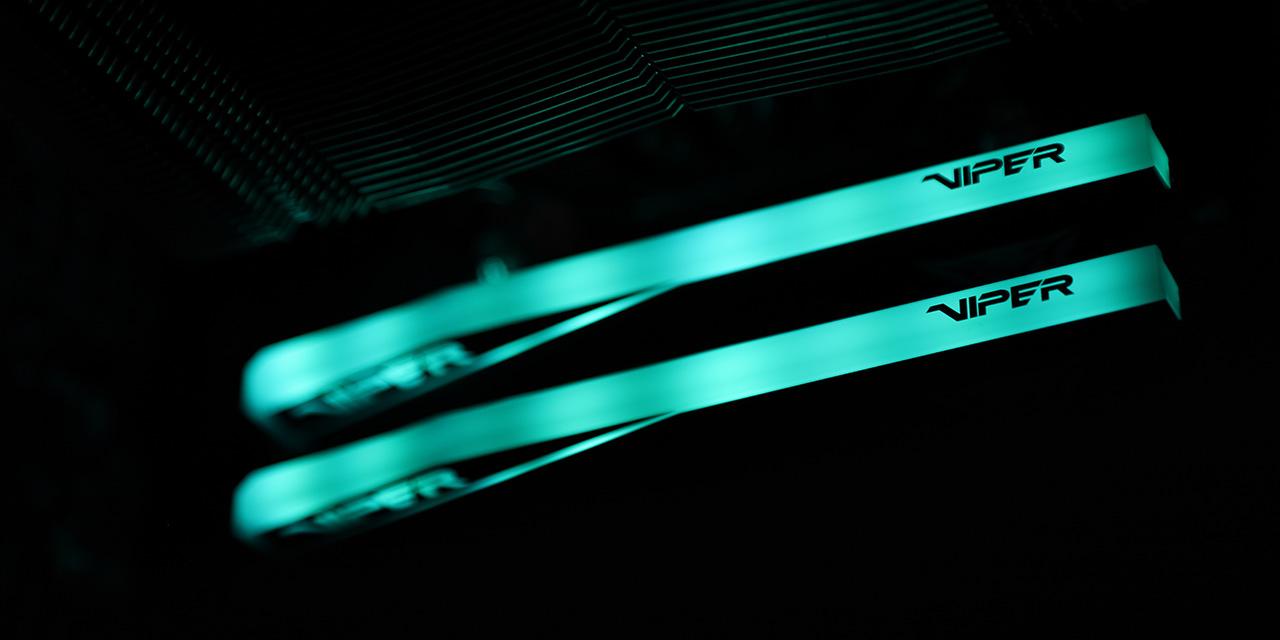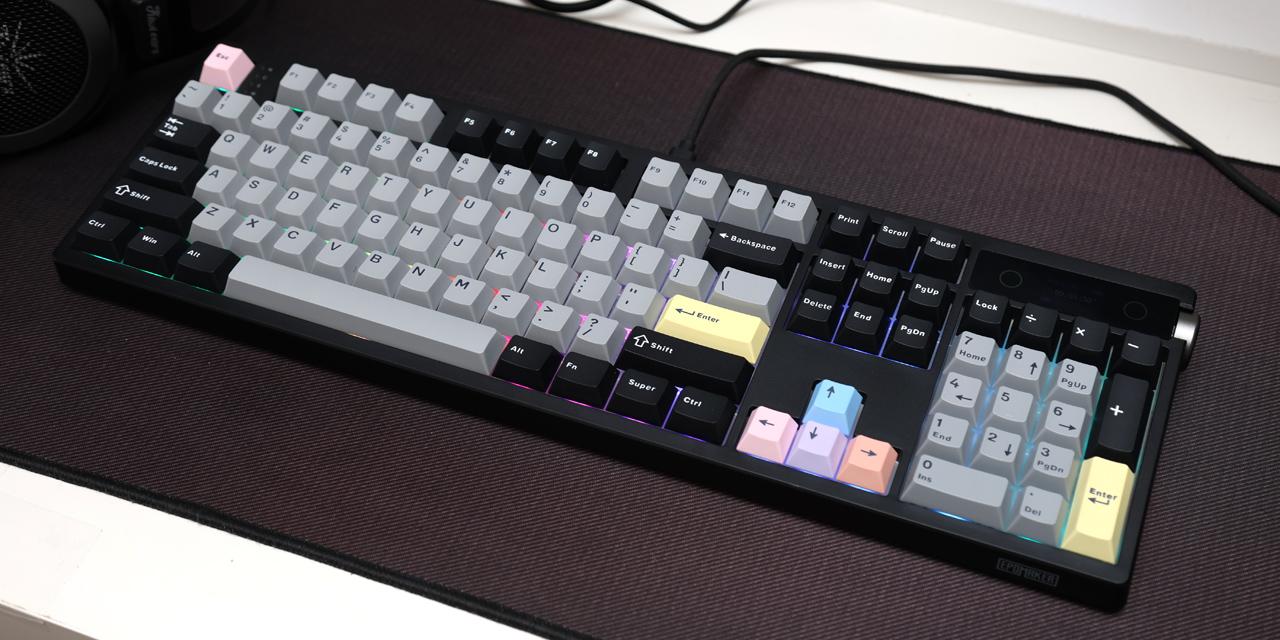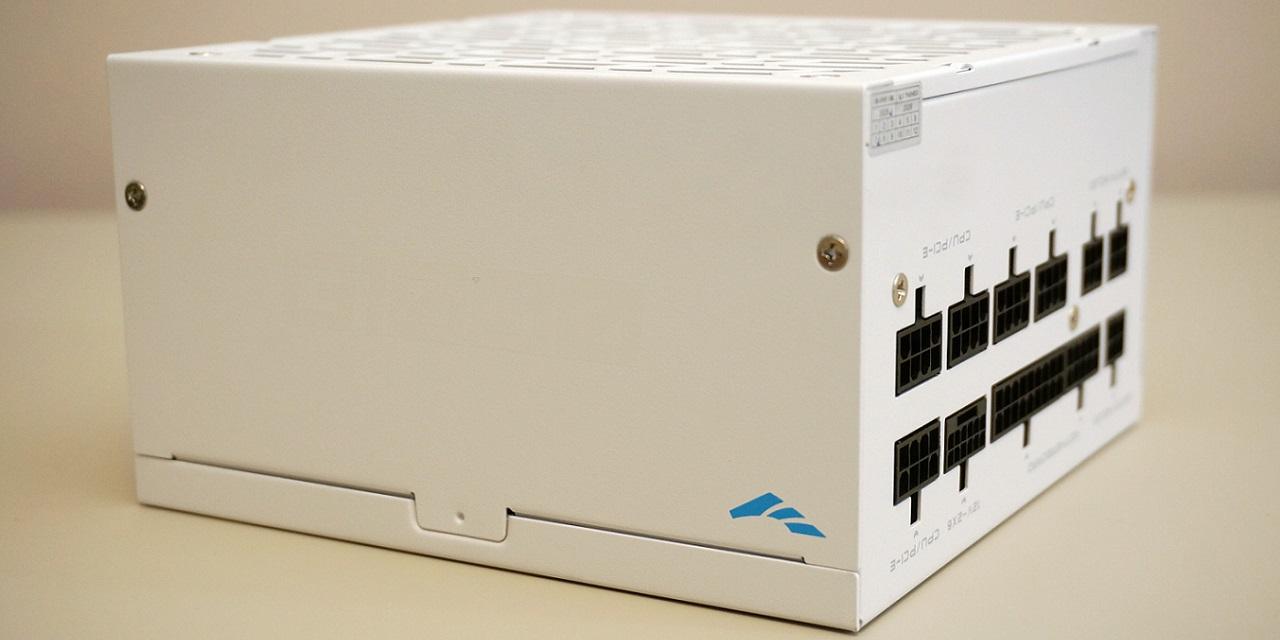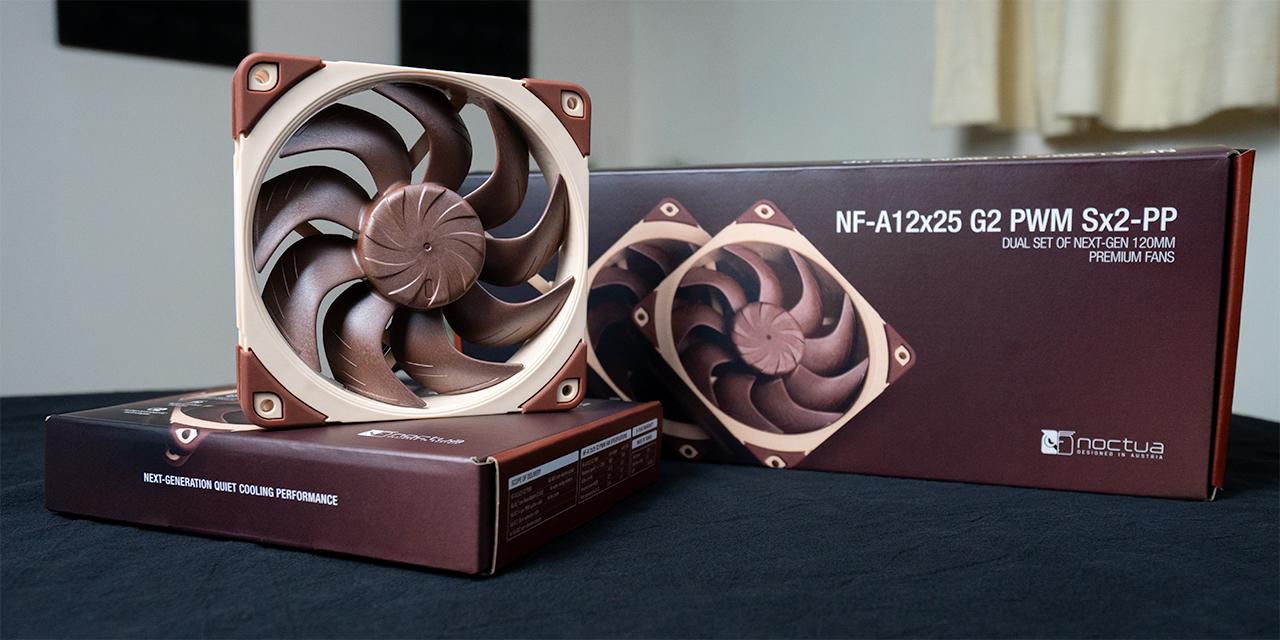Page 4 - Minor Tests and Conclusion
Power supplies are interesting products, because often, reviews of products in this category are conducted and tested in methods that make it difficult to distinguish one power supply from another. Many aspects must be taken into consideration. Certain criteria consist of efficiency, noise, power ripples, and of course the ability to pull out the rated specifications. Because many cannot afford such equipment to obtain results regarding those aspects, articles covering power supplies often come out with less than adequate and acceptable information. As this is a product report -- not a review -- what we are doing is a close examination of the power supply and the internal hardware and build. But what we can do for you is do some minor testing with the results we can present to you with and let other review sites with professional equipment show you the actual test results. We are not going to try to create useless test results by installing the power supply into the latest gaming rig and try to take readings from that, as this is not even remotely the correct way to test power supply units. We understand that many websites do that as a means of load testing, but the results, even if you use an oscilloscope and multimeter at each output location, are not sufficient, nor does it accurately reflect the performance of the power supply.
Using our power supply tester which exerts minimal load on the power supply, the initial consumption was 8W as measured by our wall meter unit, indicating that the basic load-free power consumption of the power supply is very good. Results from independent sources with professional load testing equipment are not available at press time. This power supply unit has 80 Plus Platinum and Cybenetics ETA Platinum ratings.
Voltages with minimal load are accurate, which is a basic requirement of power supplies out of the box. The Power Good or PG delay is tested at 160ms. This power supply is ATX 3.1 compliant and officially supports Alternative Sleep Mode with 100 to 150ms PG specifications, so it looks like the PSU tester I used was not fast enough to pick up the true PG signal. The ATX design specifications state a PSU's PG is required to be between 100ms and 500ms, with 250ms maximum for Non-Alternative Sleep Mode and 150ms for Alternative Sleep Mode.
Active power correction is important to correct AC load line loss. In AC power, there are three components to it, as there is a phase difference between current and voltage. This makes up the power triangle, which consists of the following: Average usable power (P, measured in watts), reactive power (Q, denoted as VA-R), and total power (S, written as VA). While they all have the same physical units, it is not the same thing as aforementioned. What we want is the average usable power with as little wasted reactive power as possible. The total power provided over the AC line is the magnitude of the two combined (sqrt(P^2+Q^2)). Power factor can then be easily calculated by P divided by S. The ideal value is 1.00, and this is where active PFC comes in. The SAMA P1200 1200W has active PFC, and the power factor will approach 0.99 with a nominal load.
The SAMA P1200 1200W is a silent to quiet power supply, depending on the amount of power being drawn. Under idle to moderate level loads, or less than approximately 60% or 55c, whichever comes first, the P1200 1200W is inaudible because the fan is shut off completely. Under moderate loads above 60% or 55c, the P1200 1200W is reasonably low noise until about the fan hits above 1500 RPM, which then becomes quite audible. Personally, I found the Globe Fan S1402512HH to be acceptable at low speed, but gets noisy at high speed. While this is very subjective, I am quite a picky person on noise. On a scale from 0 to 10 where 0 is silent and 10 is the loudest, I would rate the SAMA P1200 1200W to be at 0.0/10 when the fan is off, because, well, the fan is off. Above that, I would peg it at 3.0/10 acoustically under moderate loads. This PSU is rated at Cybenetics LAMBDA A+ for noise, which is the second highest tier. If you are a silent PC enthusiast, the SAMA P1200 1200W will fit the bill for loads below 720W or 55c, but when the fan kicks in, the profile is pretty aggressive, and you will be able to hear it.
be quiet! provided this product to APH Networks for the purposes of evaluation.

The SAMA P1200 1200W is an 80 Plus Platinum and Cybenetics Platinum certified mainstream performance ATX 3.1 and PCIe 5.1 compliant PSU at a competitive price. But this is not your run-of-the-mill Made in China power supply. Inside, you will find only quality Japanese brand capacitors, and even a solid collection of Infineon MOSFETs used for the main switchers and minor rails. The P1200 can operate in semi-fanless mode up to 60% or 55c, and when the Globe Fan S1402512HH fluid dynamic bearing fan kicks in, it brings in lots of airflow with reasonable sound output. Of course, there are still lots of unfamiliar Chinese ICs in there. For about $190, the SAMA P1200 1200W is a great shot into the North American market, and aligned with industry standards, the company includes a solid 10-year warranty to keep you assured.
Page Index
1. Introduction, Packaging, Specifications
2. Physical Look - Outside
3. Physical Look - Inside
4. Minor Tests and Conclusion
